Technology
- WIND ENERGY CAPTURE
By means of Flettner rotors (modern sail technology), the wind is used to propel the ship.
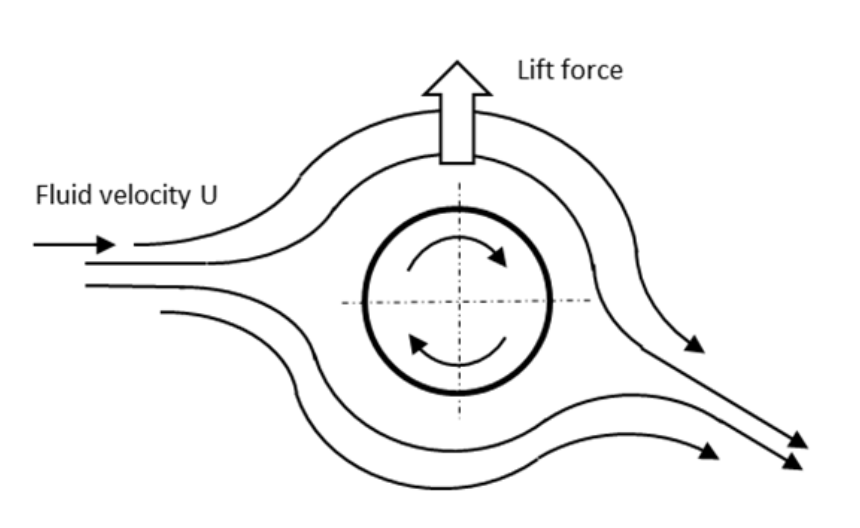
- ELECTRICITY GENERATION
The ship velocity makes the water turbine rotate, thus generating electricity.
- ENERGY STORAGE
The energy is stored onboard. Depending on markets, it is stored in batteries; or converted to hydrogen through water electrolysis or liquid fuel (methanol) using an onboard power-to-liquid plant. It can also be converter to ammonia for green chemistry.
ENERGY SHIP
The core technology of FARWIND energy solutions is the energy ship, which is a disruptive technology for offshore wind energy conversion.
At first, energy ships are ships propelled by the wind. In FARWIND’s energy ships, wind propulsion is obtained using Flettner rotors, which are vertical rotating cylinders which convert wind into a propulsion force through the Magnus effect.
Energy ships are equipped with water turbines which convert the ship’s kinetic energy to electricity.
Energy ships being mobile, the generated electricity must be stored on-board. Depending on customers needs, the energy is stored in battery or converted in an energy vector.
Possible energy vectors include hydrogen, methanol or ammonia. They are obtained using onboard power-to-gas/liquid plants. In case of methanol or ammonia, the necessary feedstock (CO2 or N2) are supplied from onland sustainable sources.
Competitive funding & Awards

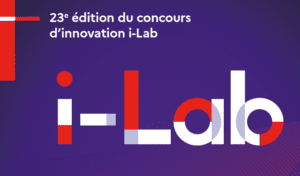


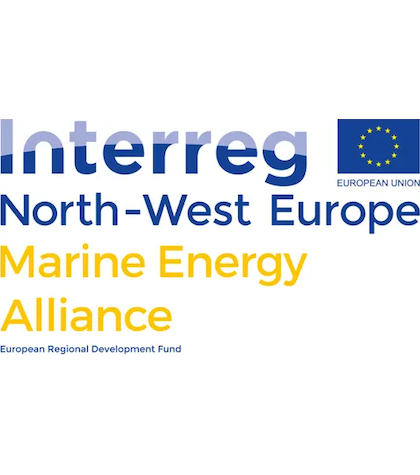

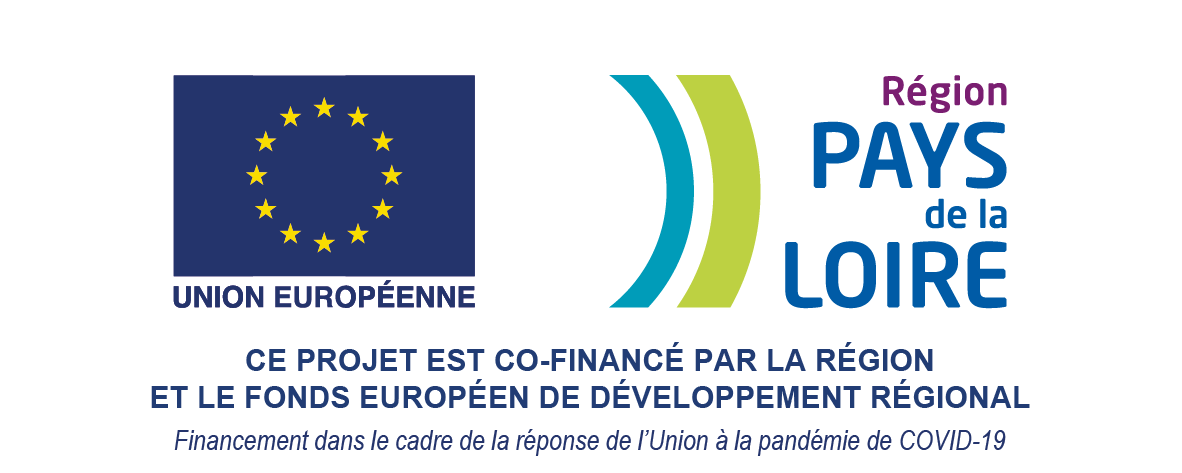


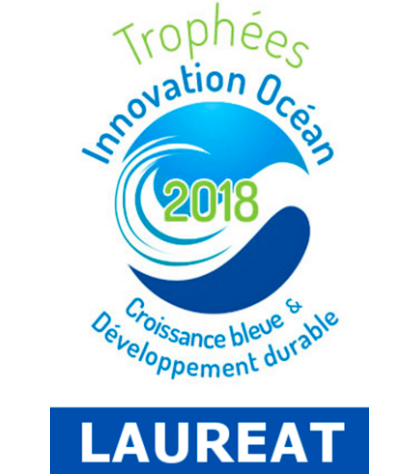

industrial & academic Partners



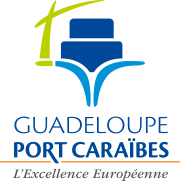





SUPPORTs & Investors











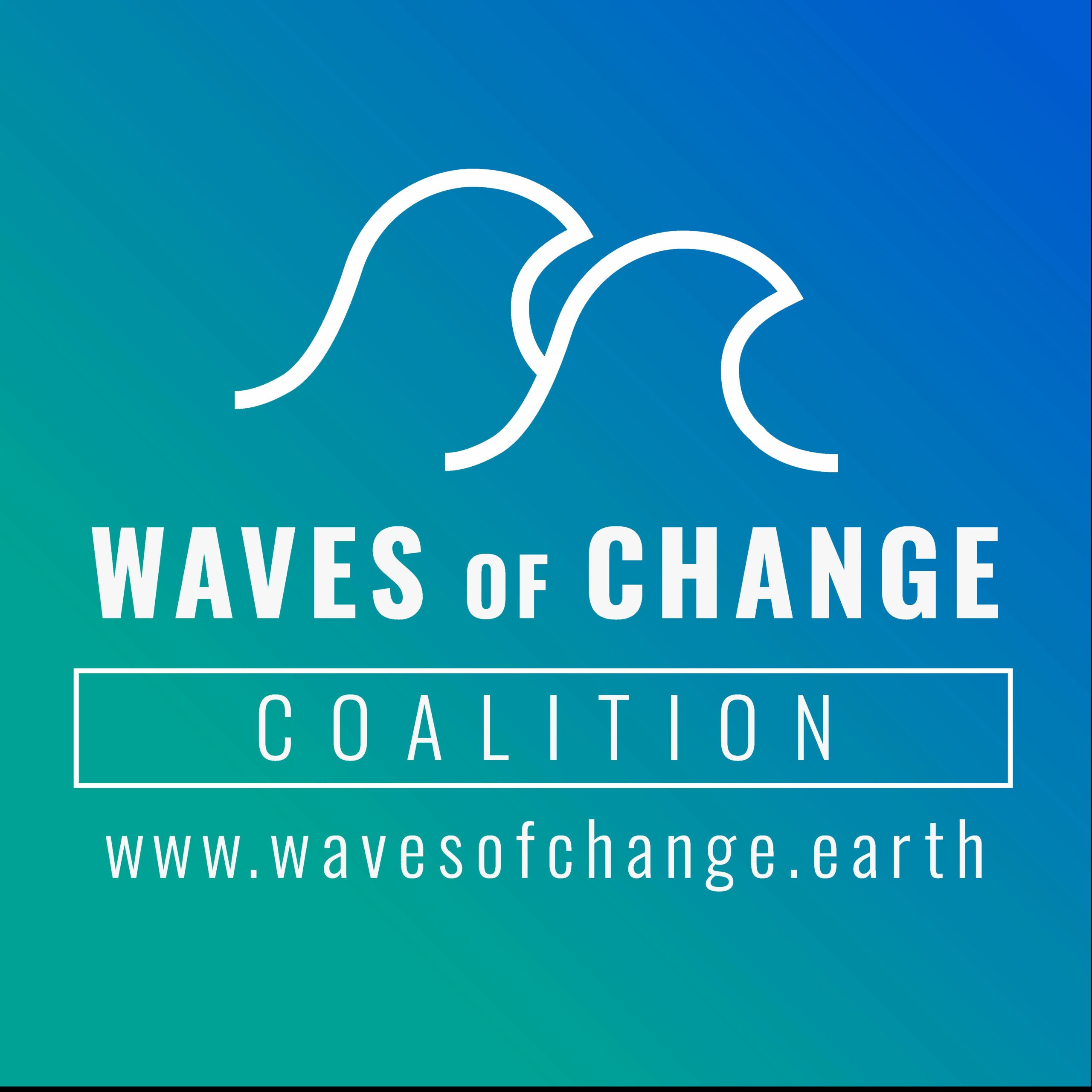


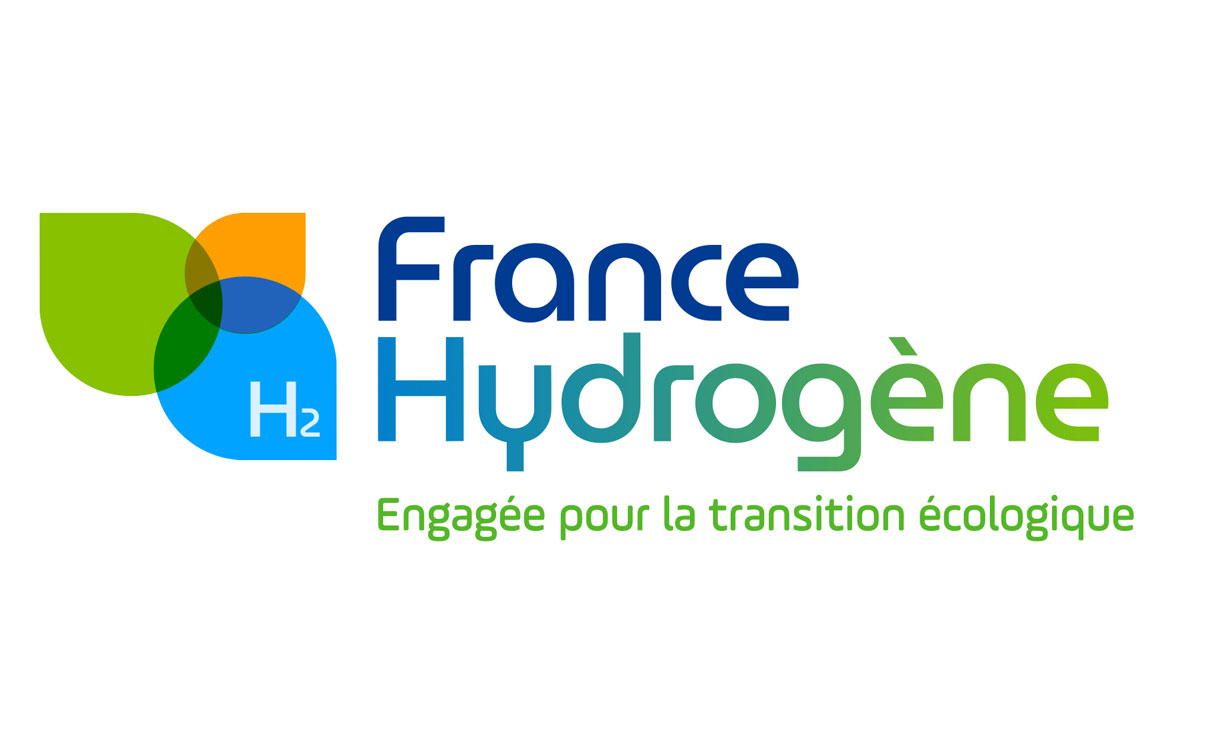






Science
FARWIND ENERGY builds upon 5 years of scientific research carried out at Ecole Centrale de Nantes, which is one of the world-leading university for marine renewable energy research.
Aurélien Babarit (MSc., PhD) used to work at Ecole Centrale de Nantes as a research scientist before being a founder of FARWIND ENERGY.
From 2012 to 2020, he was the head of the Ocean Waves and Ocean Energy group. In 2016, together with Jean-Christophe GILLOTEAUX (MSc., PhD), he assembled a team and started investigations of the energy ship.
To learn more about the main outcomes of their research, we recommend reading the following articles:
- A. Babarit, J-C. Gilloteaux, G. Clodic, M. Duchet, A. Simoneau, M.F. Platzer (2018) Techno-economic feasibility of fleets of far offshore hydrogen-producing wind energy converters. International Journal of Hydrogen Energy Vol. 43(15), pp. 7266-7289
This is the foundation paper for the concept developed by FARWIND ENERGY : to convert far-offshore wind energy into renewable fuel. - A. Babarit, J-C. Gilloteaux, E. Body, J-F. Hetet (2019) Energy and economic performance of the FARWIND energy system for sustainable fuel production from the far-offshore wind energy resource. In Proc. Of the 14th International conference on ecological vehicles and renewable energies (EVER 2019), Monaco
This paper compares possible energy vectors for the FARWIND solutions and highlights the potential of methanol. - R. Abd-Jamil, A. Chaigneau, J-C. Gilloteaux, P. Lelong, A. Babarit (2019) Comparison of the capacity factor of stationary wind turbines and weather-routed energy ships in the far-offshore. In Journal of Physics: Conference series Vol. 1356
This paper shows that capacity factors over 80% can be achieved with energy ships thanks to weather-routing, which is key to make the energy affordable. - A. Babarit, G. Clodic, S. Delvoye, J-C. Gilloteaux (2020) Exploitation of the far-offshore wind energy resource by fleets of energy ships – Part 1: Energy ship design and performance. Wind energy science, Vol. 5, 839-853
This paper describes a numerical model of the energy ship and the preliminary design which was developed by Ecole Centrale de Nantes. - A. Babarit, N. Abdul Ghani, E. Brouillette, S. Delvoye, M. Weber, A. Merrien, J. Templai, V. Frémont, M. Michou, S. Bourguet, J-C. Gilloteaux (2021) Experimental validation of the energy ship concept for far-offshore wind energy conversion, Ocean Engineering, Vol. 239.
This paper describes the experimental proof of concept of the energy ship technology which was carried out in July 2019. - A. Babarit, F. Gorintin, P. de Belizal, A. Neau, G. Bordogna, and J-C Gilloteaux (2021) Exploitation of the far-offshore wind energy resource by fleets of energy ships – Part 2: Updated ship design and cost of energy estimate, Wind Enery. Science., Vol. 6, 1191–1204
This paper shows that methanol produced by energy ships could become a carbon-neutral competitive alternative to gasoline on the EU transportationfuel market in the long term. - A. Babarit, R. Abd-Jamil, J-C. Gilloteaux (2021) Etude du potentiel des voiliers-hydroliennes pour l’alimentation en électricité renouvelable de Saint-Pierre-et-Miquelon. Proc. of the Symposium de Génie Electrique, 6-8 juillet 2021, Nantes, France.
This paper is a case study. It investigates how much the e-FARWIND solution (battery storage) could contribute to emissions reduction of the French archipelago of Saint-Pierre-et-Miquelon. - B. Elie, A. Babarit, B. Bognet, T. Boileau, M. Weber, J-C. Gilloteaux (2022) Experimental proof-of-concept of the energy ship technology. In Proc. Of the 2022 TORQUE Conference, Delft, Netherlands.
This paper describes the experiments carried out in july 2021 with a remote-controlled Flettner rotor-propelled energy ship prototype. - G. Juin-Gauthier, B. Elie, O. Kermorgant, A. Babarit, V. Fremont (2022) Experimental validation of a dynamic model of energy ships. In Proc. Of the 25e Congrès Français de Mécanique, Nantes, France.
This paper describes a dynamic model of an energy ship and its validation through comparisons with experiments.
